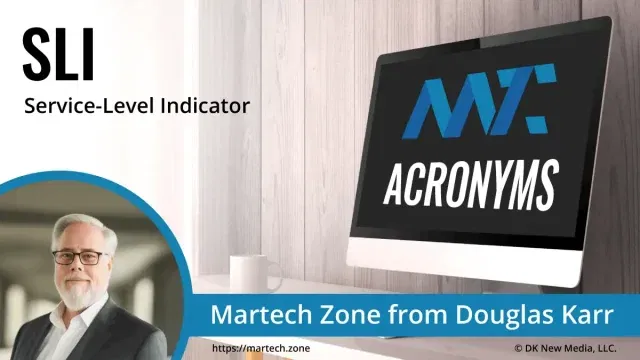Acronyms
Sales, Marketing, and Technology Acronyms and Abbreviations. Jump to acronyms beginning with the number or letter:
-
SKU
A unique identifier that is assigned to a specific product to help track inventory and sales. A SKU can be a combination of letters, numbers, or symbols that represent a product’s attributes such as color, size, style, and packaging. Each…
-

SLA
A contract between a service provider and a client that defines the level of service to be provided, along with specific performance metrics, and the consequences or remedies if those metrics are not met. SLAs are commonly used in the…
-

SLC
An agreement or promise made by a service provider to its clients regarding the standard and quality of the service that will be provided. It’s often a component of a broader Service-Level Agreement (SLA), a formal document outlining all the…
-

SLC
The second key component of the Software Security Framework (SSF) established by the Payment Card Industry Security Standards Council (PCI SSC) is the Secure Software Lifecycle (Secure SLC) Standard. This standard focuses on ensuring that software vendors follow secure practices throughout the entire…
-

SLD
The portion of a domain name located directly to the left of the top-level domain (TLD) in a web address. It typically represents the main identity or name of a website or organization. Example: In the domain name martech.zone: “martech”…
-

SLG
A traditional go-to-market strategy in which a company’s revenue growth is driven primarily by outbound and inbound sales efforts. In SLG models, the sales team is central in educating prospects, managing the buying process, and closing deals. Rather than letting…
-

SLI
A quantitative measure used to assess the performance and reliability of a specific aspect of a service. SLIs are essential metrics that provide insight into how well a service is performing against predefined expectations. They form the foundation for establishing…
-

SLM
A type of artificial intelligence (AI) model designed to process and generate human language, but with a significantly reduced parameter count and computational footprint compared to large language models (LLMs) like GPT-4 or PaLM. While LLMs often require massive hardware…
-

SLM
A critical component of IT Service Management (ITSM) that focuses on defining, monitoring, and managing the quality of IT services delivered to customers or end-users. The primary goal of SLM is to ensure that IT services consistently meet the agreed-upon…
-

SLO
A key component of Service Level Management (SLM) used to define specific, measurable targets for the performance of an IT service. SLOs are derived from the overall Service Level Agreement (SLA) between the IT service provider and the customer. Key…








